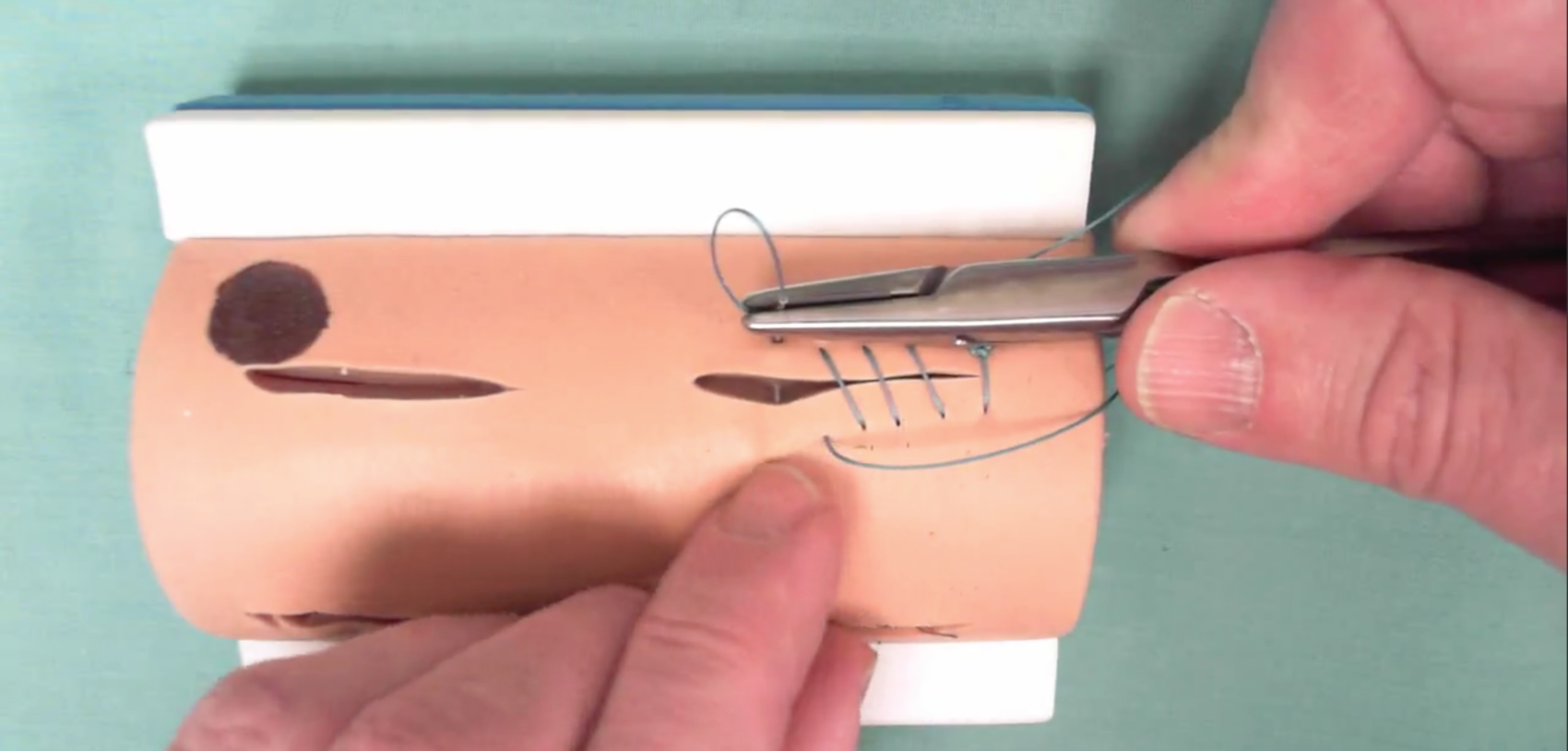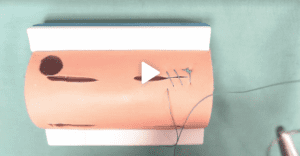Vet-Med Students Learn Vital Surgical Skills through Video, Allowing More Time for Practice and Feedback

Serving between 60-120 students per lab, and as many as 480 students per semester, Dr. Frank Cerfogli, a Clinical Assistant Professor at the Iowa State University College of Veterinary Medicine, used to spend most of his time teaching students how to perform and master surgical techniques and procedures by going student to student and providing feedback; a process that takes a very long time, and cuts down on the amount of practice each student gets.
To streamline this process, Dr. Cerfogli flipped the classroom, and now introduces the procedures through a series of videos, recorded in the Echo360 platform. Prior to lab, students watch the videos, then practice the procedure in the lab. When they feel they have mastered it, they record themselves on computers equipped with Echo360 software capture. Dr. Cerfogli reviews the student video, provides comments and feedback on their technique, and indicates whether they have passed or need to re-do the procedure – all within the Echo360 platform.
“The goal of each lab is to show students how to perform surgical knots and patterns, and then have them perform the procedure at speed,” says Dr. Cerfogli. “In the past, I would literally go from table to table to watch students practice. I would also have to further demonstrate the procedure. That takes a very long time. And most importantly, it cuts into the time that students have for actual practice, which is vital for mastery. The old adage ‘practice makes perfect’ is really true. Without it, students will not be able to perform these procedures within the allotted time,” he says.
To help his students learn these skills, Dr. Cerfogli creates three recordings of each procedure using Echo360.
“The first recording I make is narrated, and I describe the procedure in detail, step-by-step, how to perform the required surgical pattern and how to tie the knot. My second video is only partially narrated, and I perform the procedure at a moderate speed. This helps the students get an idea of the flow of the pattern,” says Dr. Cerfogli. “My final video is done at full speed without narration. Students can see exactly what the procedure should look like when they do it and we require they match the pattern, tie the knot correctly, and do it at full speed.”

Meanwhile, back in the lab . . .
At the beginning of each semester, students receive a list of 30 clinical skills they must master, 10 of which must be performed within the Clinical Skills Lab. Students must then record five of those procedures using one of the four workstations in the lab equipped with Echo360 software capture. After recording, they submit them for instructor review via Echo360.
“Our students practice each procedure for three weeks in the lab and then make a recording,” says Dr. Cerfogli. “They do a new procedure every 3 weeks for the entire 15-week term. One of the evaluation criteria is that we require students ‘meet our time.’ We have an expectation that they perform the procedure within the allotted time we set for it. Since it’s recorded in Echo360, we can easily determine whether they meet our time based on the length of the recording,” Dr. Cerfogli adds.
However, student evaluation is not just limited to performing the procedure within the allotted timeframe. They must also show they have mastered the correct surgical pattern.
“I review every student recording and provide feedback and comments within Echo360,” says Dr. Cerfogli. “For example, I may note that a student has inadvertently altered the direction of the suturing. When this happens, the knot can become untied, which is an obvious problem. My comments are attached to the video, so when students review them, they can see exactly where they began to alter their direction.”
Video Provides Opportunities for Remediation
“If only a few students have made errors, they have my comments in their notes. But, if a large percentage of the class makes the same error, I can make an entire class correction based on the student videos. I create a “Top 10” list of student videos that I share with the class. This gives me an opportunity to clear up misunderstandings as well as highlight student procedures that are performed well. This helps them to learn from one another,” says Dr. Cerfogli.
Creating More Time for Students to Practice Surgical Skills
“Prior to using Echo360, students would have to perform each surgical procedure in the presence of an instructor, which was a time-consuming process and cumbersome to manage. With Echo360, students now have more time to practice. When our students can practice more, they have a better chance of mastering the skill in the time required.”
Interested in learning more on how Echo360 can help your institution? Learn more or request a demo.

